VOC paint vs non-VOC paint – what's the difference? Our experts weigh up the pros, cons and risks
Avoid dizziness, headaches and respiratory irritation by switching out toxic paints
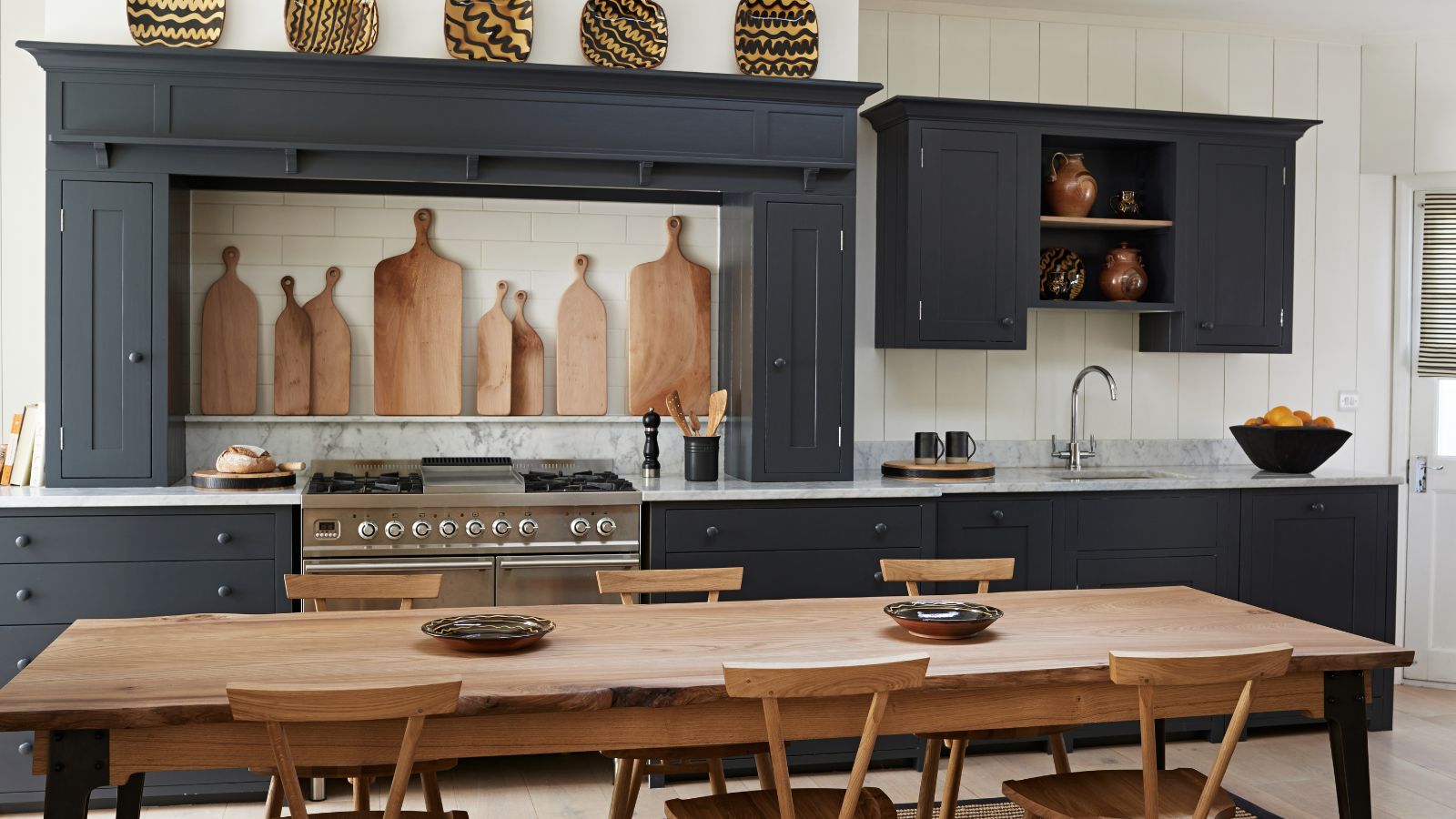

When you think of the phrase 'toxic,' your mind probably goes to all the usual offenders: microplastics, cleaning products and pesticides. What you might not realize, though, is that your walls could be toxic, too.
Well, rather the paint you use on your walls might be. And, not only could it be bad for your walls, it can pose significant and harmful risks to your health, too.
To break down the jargon, we spoke to paint experts to find out the truth behind VOC paints and using low-VOC paints as an alternative, helping you in the mission to make your home less toxic.
What's the difference between VOC and non-VOC paint?
As Anthony Kulikowski, owner at Five Star Painting of South Bend, a Neighborly company, explains, 'VOC paints contain volatile organic compounds, that release gases into the air, contributing to indoor air pollution and potential health issues, like headaches, nausea, and respiratory irritation,' evaporating into the air as the paint dries and sticking around for up to six months. Duncan MacKellar, technical and creative director of Armourcoat, adds that 'These are the fumes we often associate with the smell of fresh paint.'
On the flipside, non-VOC paints (including low and zero-VOC paints) have significantly lower levels, or zero measurements, of these compounds, making them a healthier choice for indoor environments, particularly when trying to improve the air quality in your home when living in a city.
'Today's low and no VOC paints are safe to use in the home in colder weather, and safe with HVAC systems as well,' adds Anthony.
Importantly, though, Carr Lanphier, CEO at Improovy, highlights that unless you're going with a zero VOC paint, even low-VOC paint will include some, with Duncan adding, 'Low, ultra-low and zero VOC paints are carefully formulated to minimize the emission of VOCs from the paint which means they are far safer for use within interior environments.
'Though, it is worth noting that some paints marketed as such can still release other noxious substances and pollutants into the air such as formaldehyde, which fall outside the boundaries of what is classed as a VOC, so it is important to always check the label details.'
We explore more mistakes compromising your home's air quality in our dedicated feature.
All prices correct at time of publication.

With multiple filter choices, this air purifier features a 99.97% filtration efficiency, with a toxin absorber filter specifically designed to tackle VOCs.

With an activated carbon filter, this respirator mask protects against dust, gases, and organic vapour, with an adjustable size to fit most people.
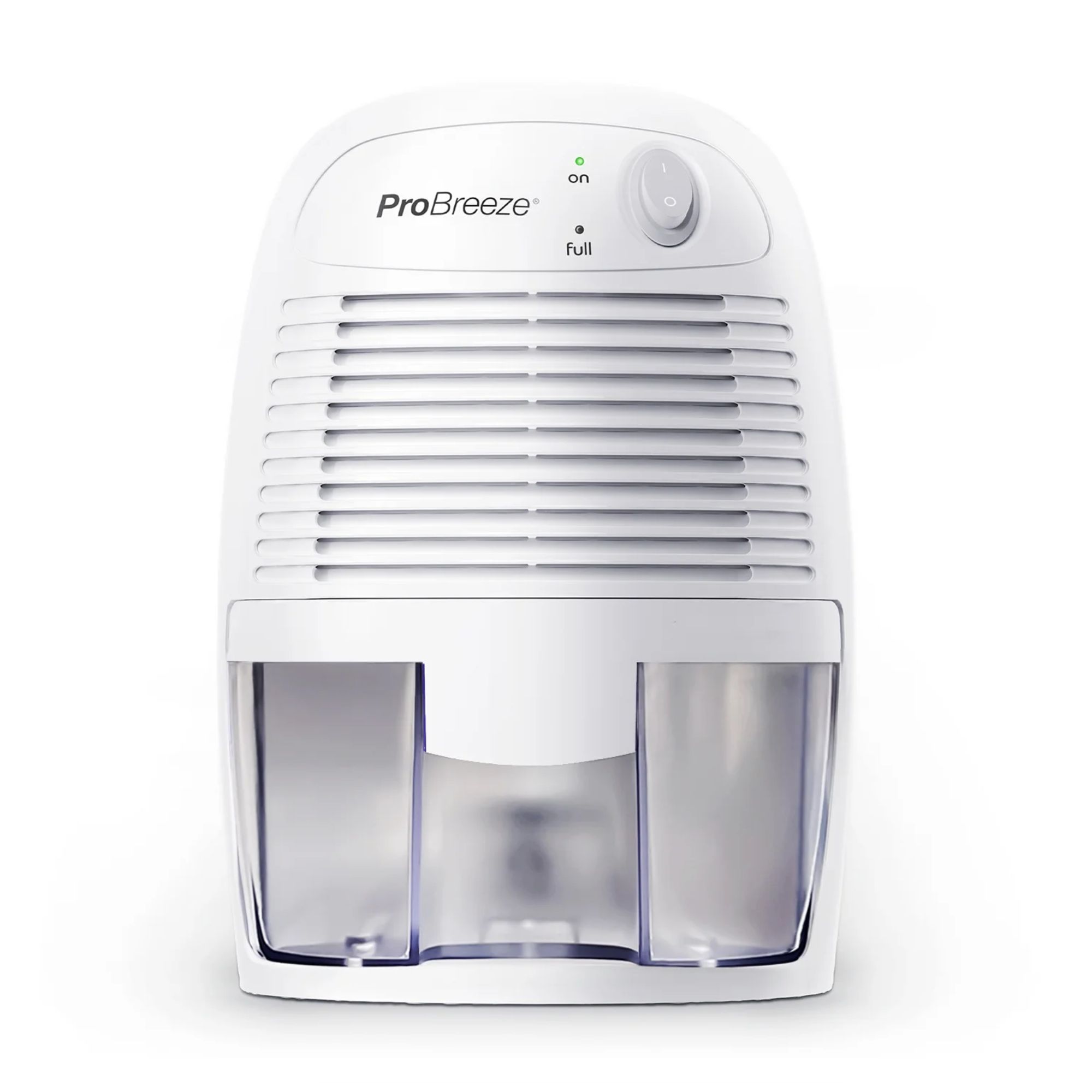
This small yet might dehumidifier is perfect to help make paint dry faster, with a compact, portable design.

Anthony has worked in the painting industry for 27 years, and now owns a lead-safe certified firm that does both interior and exterior painting. Having tackled so many paint jobs, Anthony has 'lost count' of the numbers, but estimates he has painted between four and five thousand homes.

Duncan MacKellar founded Armourcoat Ltd in 1986, and now has over 40 years of industry experience in formulating, testing and manufacturing paint, plaster and wall coatings, with a focus on developing wall and ceiling finishes with minimal environmental and health impact.
Which do the pros recommend?
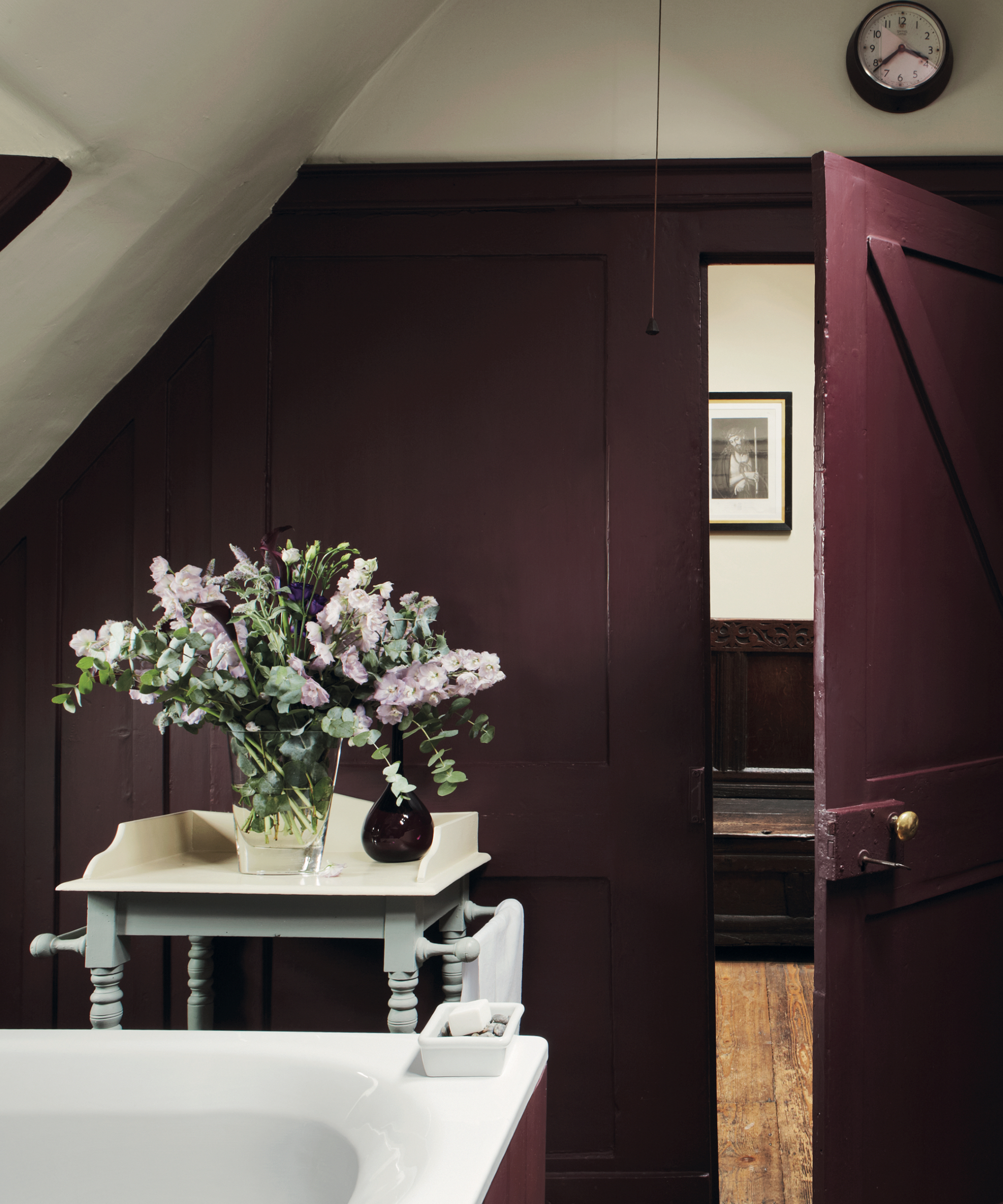
You don't need to use toxic paints to make an impact with a statement shade
So, how do you know what's best for you and your space?
Docia Boylen, owner at Handyman Connection of Golden, says, 'For many reasons, I recommend non-VOC paints and VOC-free paints, but I do 99% interior painting where I don’t need more durability or faster drying times,' which may be factors you consider when painting a house exterior. 'The non and zero VOC paints will also help remove any health and environmental concerns,' she adds.
Additionally, non-VOC paints are the way to go if you're 'all about health and keeping things eco-friendly,' says paint expert Anthony. 'They're great for allergy sufferers or those with sensitivities, and help keep allergic reactions or breathing issues at bay.'

This paint roller kit contains everything you need to tackle a paint job, with an adjustable extension pole to reach high areas without a ladder.
When might VOC paints be the right option?
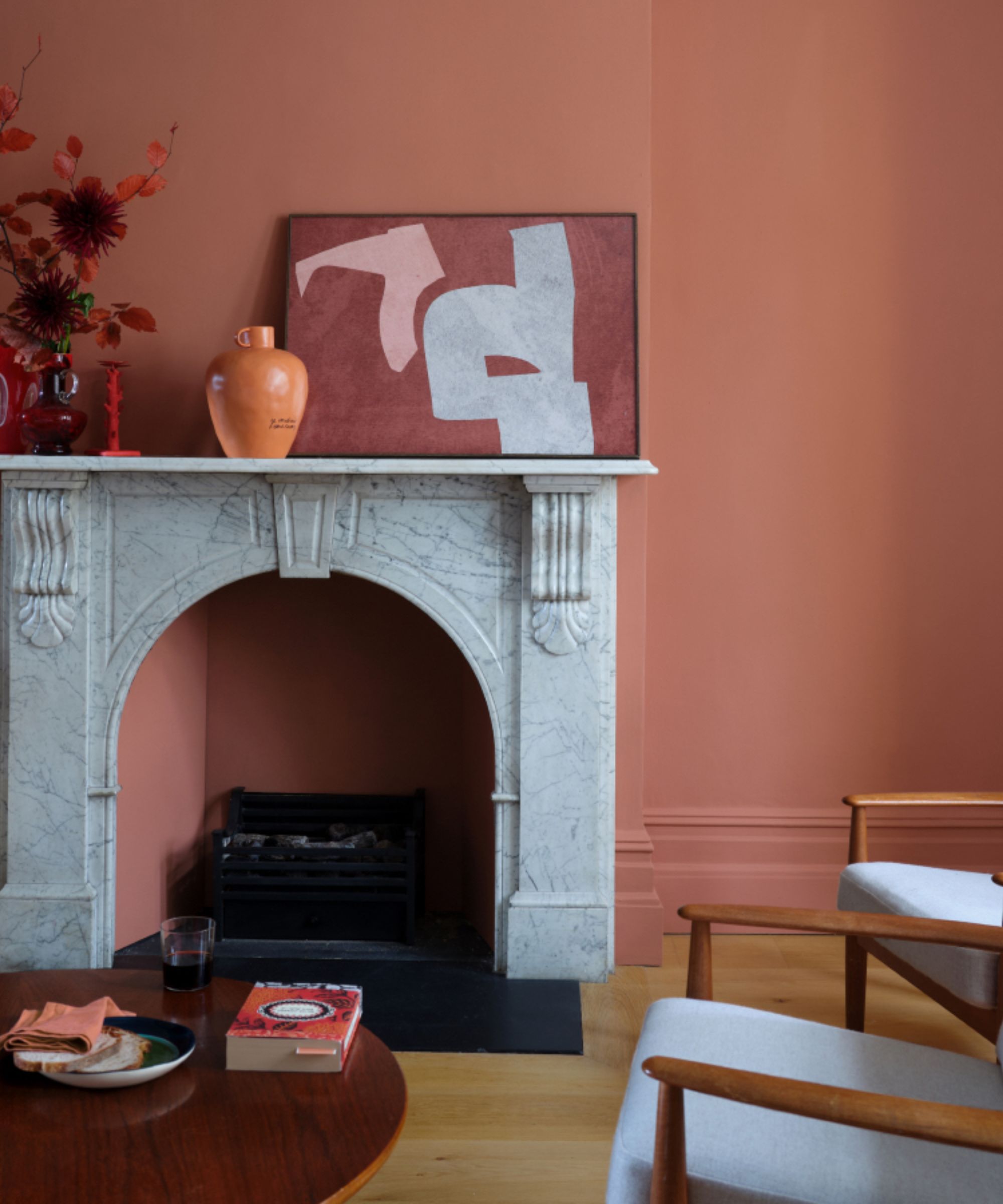
Sometimes, VOC paints may be just what you need to achieve your desired look
Sometimes, depending on the circumstances, VOC paints might be the best option for your project. For example, as paint expert Anthony explains, they may be useful in cases where you need something really durable, or when adhesion is an issue. That being said, they should always be used with good ventilation.
But, according to paint expert Duncan, 'there is little need nowadays to use high VOC paints, even for outdoor use.'
He explains, 'Historically paints were made using VOCs because they reduced drying time and helped create an effective protective film even when applied at lower temperatures, which was especially important for exterior paintwork.
'But, in recent years there have been significant advancements in polymer chemistry which means good quality paints can be formulated with significantly lower emissions.
'Paints which make use of these latest technologies can be more expensive, but if your budget allows it is worth spending the extra money to reduce the risk of negative health impacts resulting from VOC emissions within the home.
'Nowadays we are fully informed about the significant health risks of VOC emissions and the importance of excellent indoor air quality, so I would always strongly recommend using ultra-low or zero VOC paints for all interiors.'
As an extra consideration, Duncan also advises looking for ultra-low emissions coatings, which are now the 'gold standard' for indoor air quality, having gone through a stringent testing process to ensure they are totally safe for all interior use.
'These are typically tested to Eurofins Indoor Air Comfort Gold certification standards, which certifies that a product fulfils low emissions requirements,' he adds.
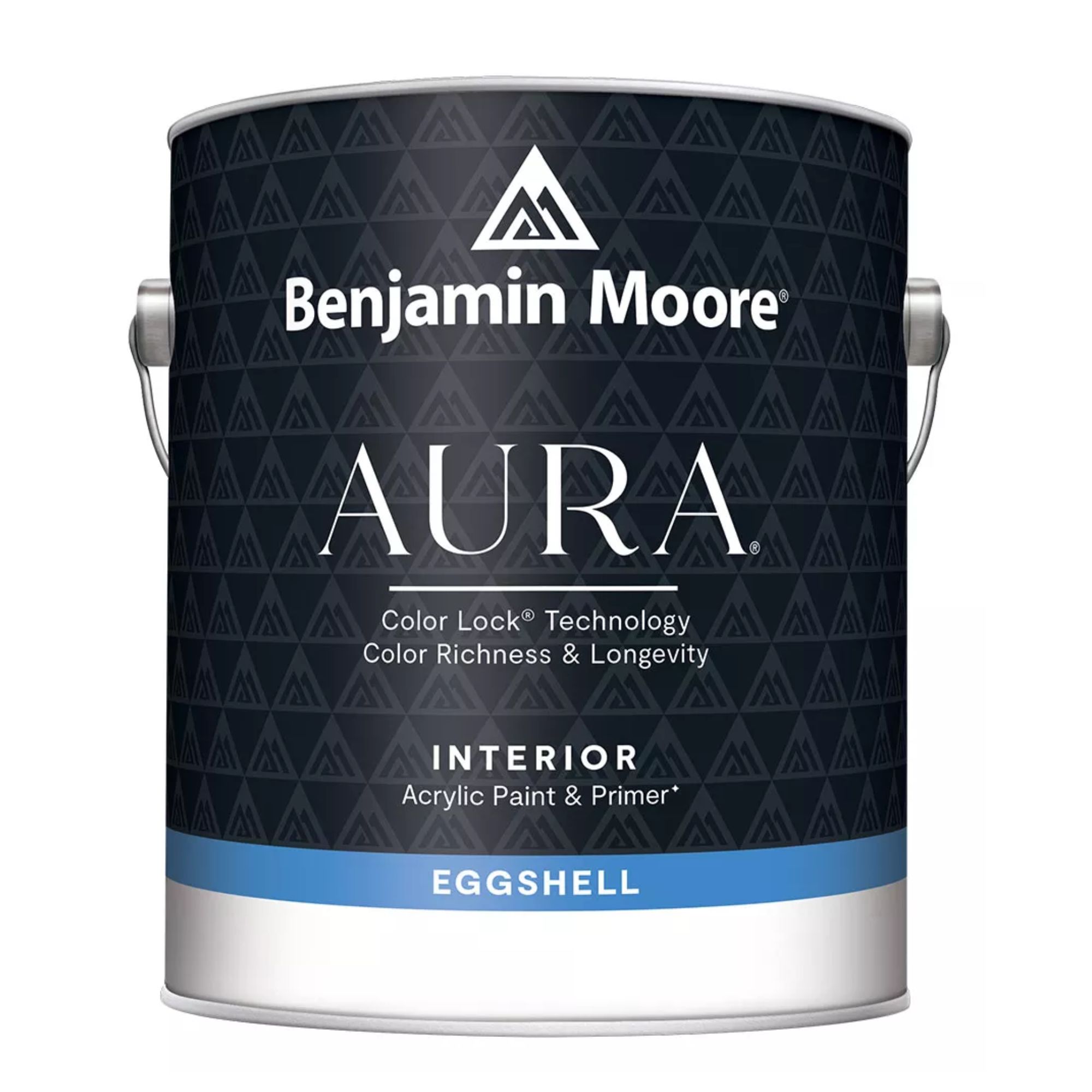
With color lock technology, this interior paint contains minimal VOCs, with unparalleled depth and richness.
FAQs
Can you sleep in a room with zero VOC paint?
It's completely safe to sleep in a bedroom painted with zero VOC paint – it's virtually odorless, and does not emit any toxic fumes.
What VOC level is unsafe?
When VOC levels exceed 800 parts per billion (ppb) it is necessary to increase ventilation to improve the air quality. Anywhere as high as 2,200 to 30,000 ppb can cause dizziness, nausea and loss of coordination.
If you're interested in more non-toxic living tips, our Solved content editor, Chiana Dickson, has put together a guide to her non-toxic home essentials, to reduce risk in your household and ensure a healthy environment.
Sign up to the Homes & Gardens newsletter
Design expertise in your inbox – from inspiring decorating ideas and beautiful celebrity homes to practical gardening advice and shopping round-ups.

Ottilie joined Homes & Gardens last year, after finishing a Master's in Magazine Journalism at City, University of London. With previous contributions in Livingetc and Motorsport Magazine, she produces content for the Solved section on the website, focusing on clever tips and tricks to keep your home beautiful, organized and clean. She also has an undergraduate degree in English Literature and History of Art from the University of Edinburgh, where she developed a love for inspiring interiors and architecture.
You must confirm your public display name before commenting
Please logout and then login again, you will then be prompted to enter your display name.
-
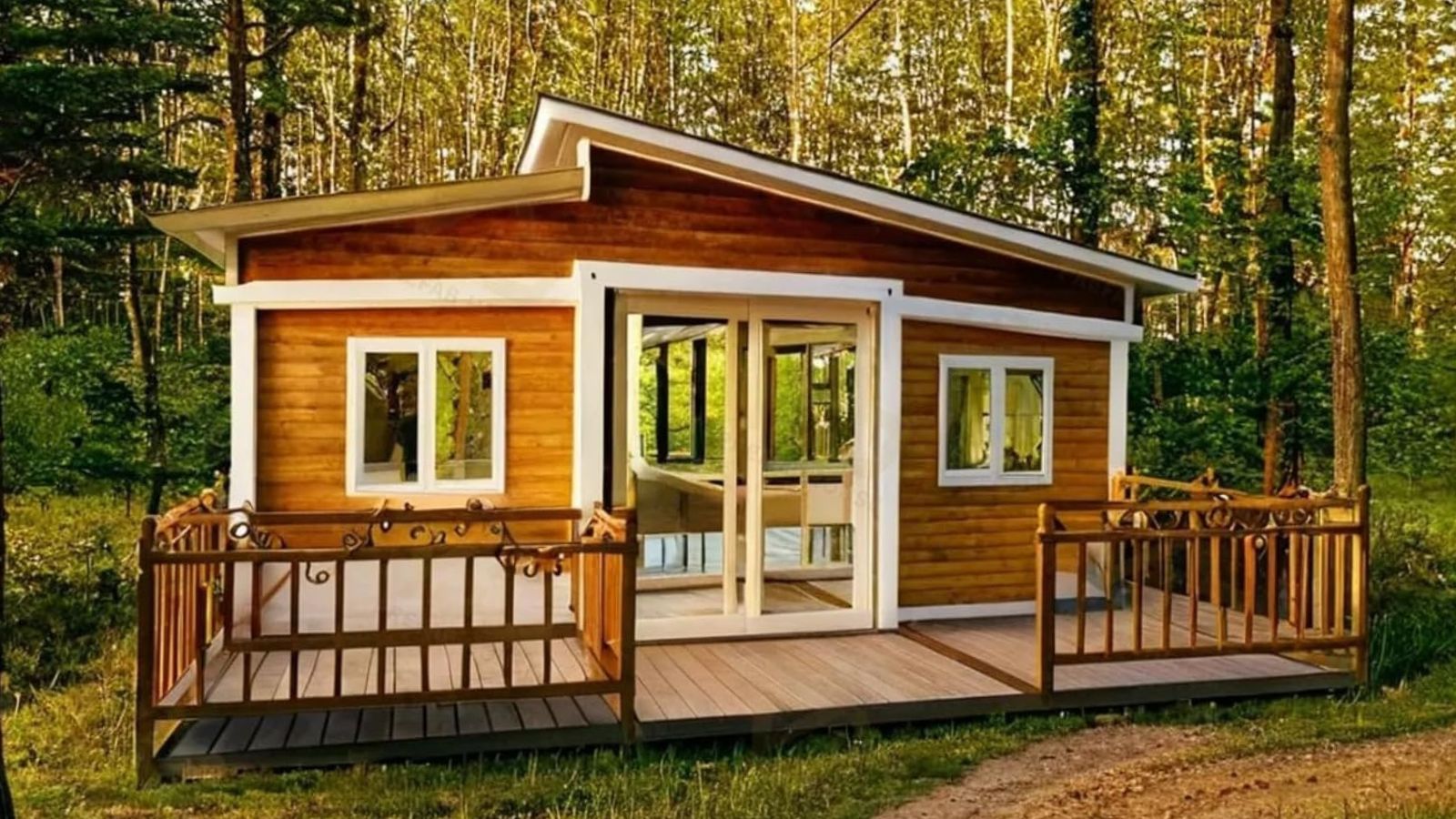 This ultra-tiny 'luxury villa' is sold on Amazon – estate agents say this unconventional, pre-assembled home is more than a novelty
This ultra-tiny 'luxury villa' is sold on Amazon – estate agents say this unconventional, pre-assembled home is more than a novelty'Tiny homes are more than a trend. They’re part of a bigger conversation about how we live' – this foldable house is one of many shaping 2025's real estate industry
By Megan Slack
-
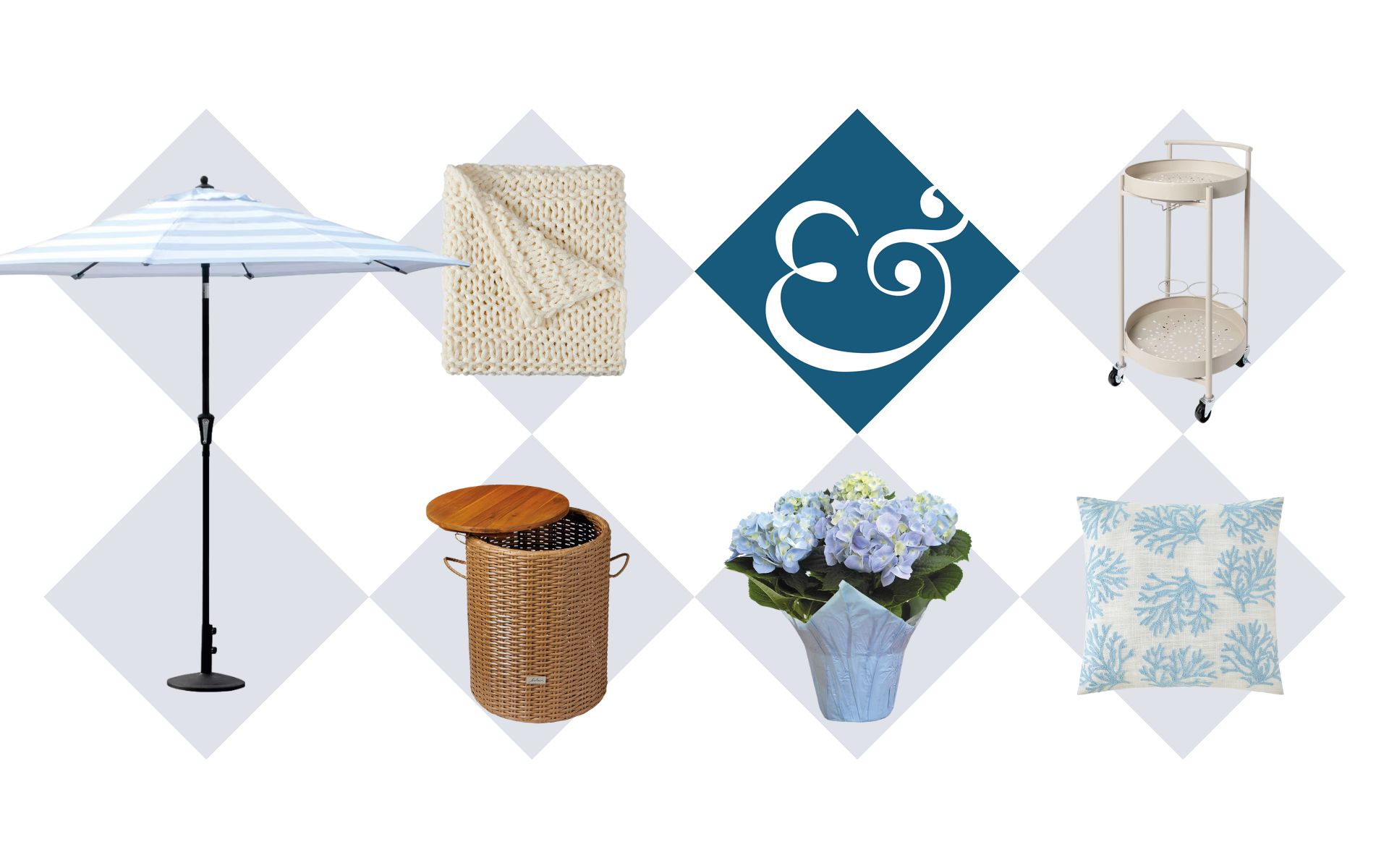 You won’t believe these chic coastal backyard finds are from ALDI – and everything’s under $50
You won’t believe these chic coastal backyard finds are from ALDI – and everything’s under $50Hampton's style on an ALDI budget
By Charlotte Olby
-
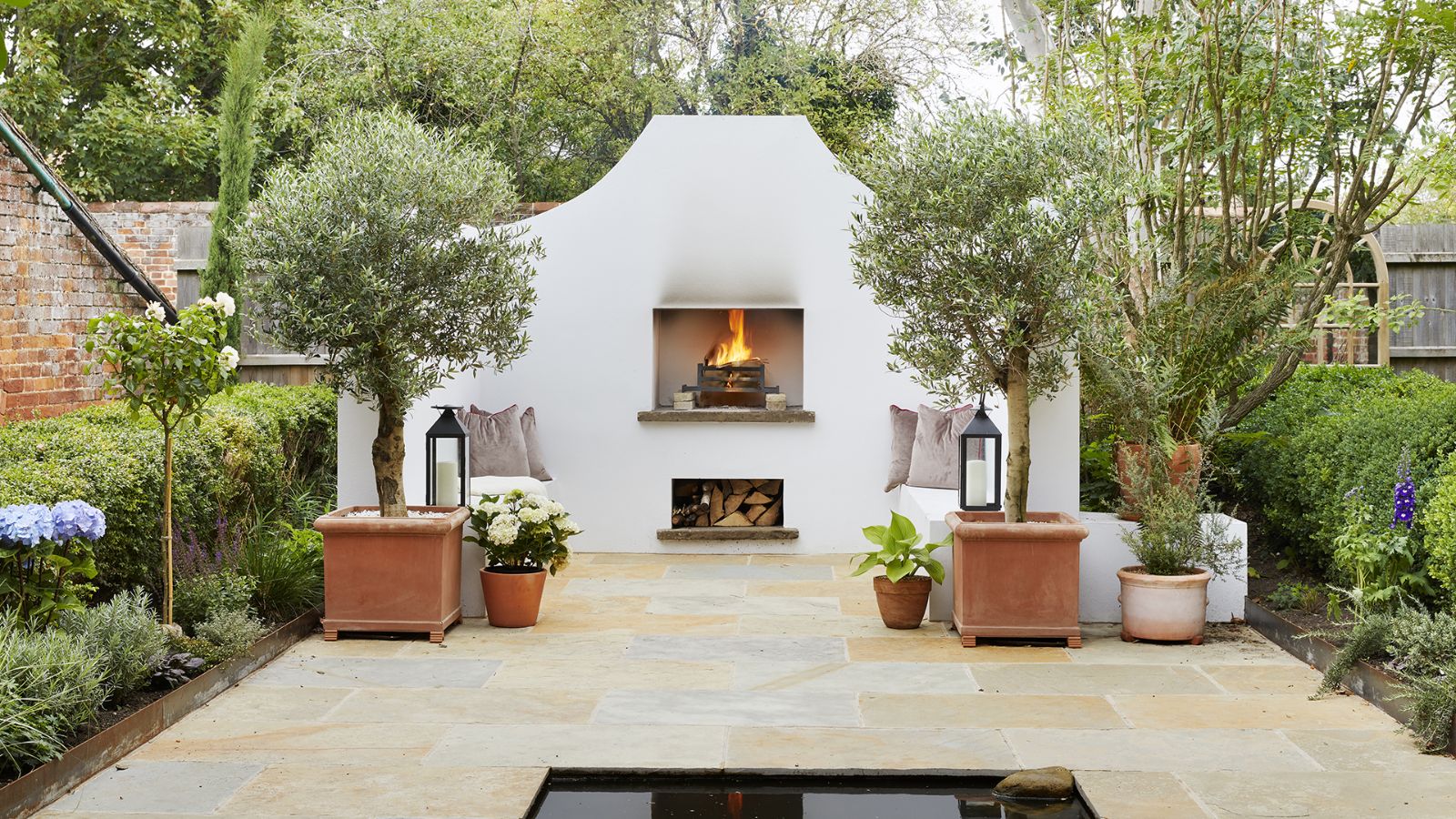 5 patio painting mistakes to avoid – swerve patchy, peeling finishes with these expert tips
5 patio painting mistakes to avoid – swerve patchy, peeling finishes with these expert tipsSurface preparation is key, experts urge
By Ottilie Blackhall
-
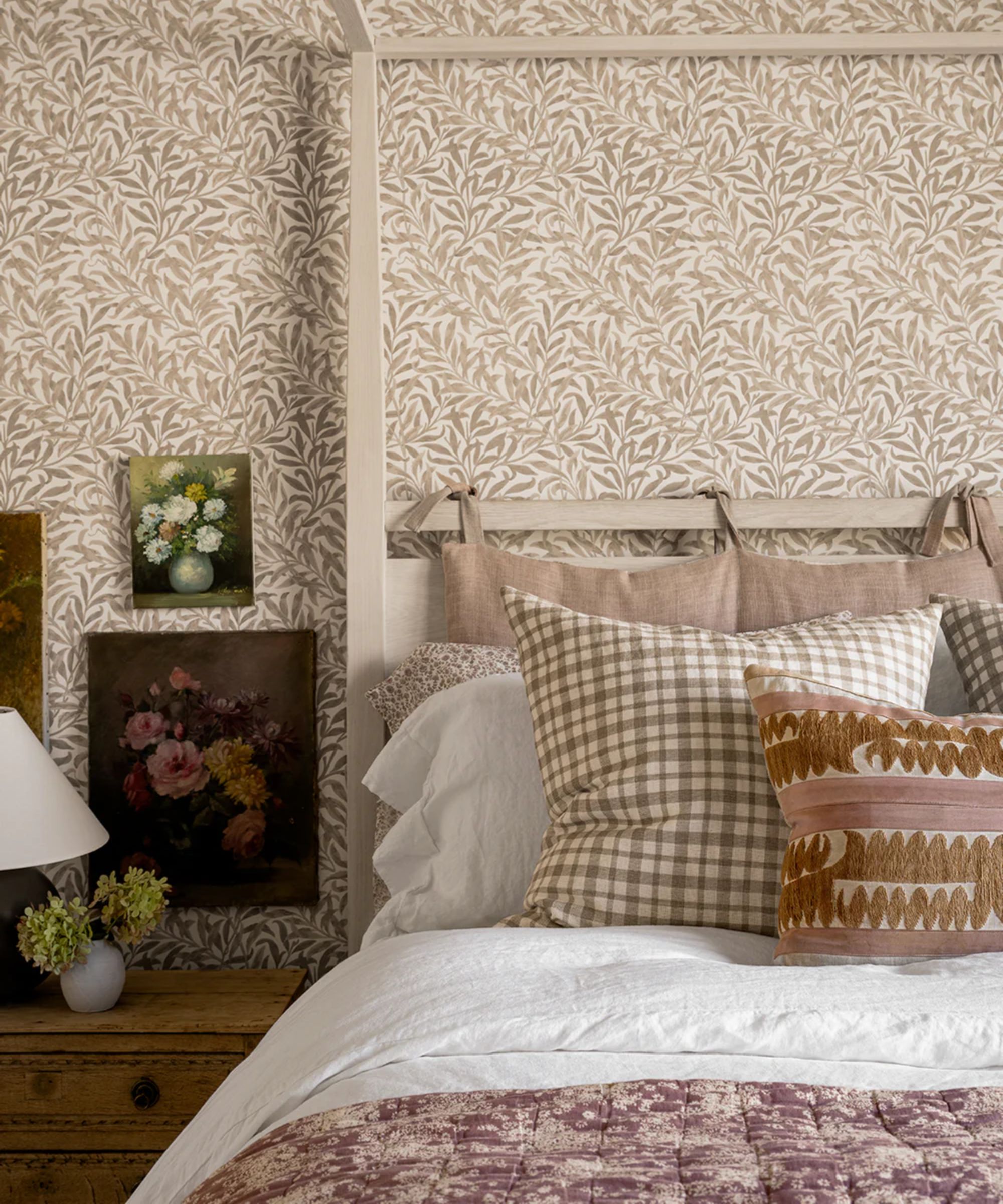 6 ways to prevent mold and damp in bedrooms – expert solutions to maintain a safe sleep environment
6 ways to prevent mold and damp in bedrooms – expert solutions to maintain a safe sleep environmentDon't sleep on these six tips, experts urge
By Seraphina Di Mizzurati
-
 How to paint your tile backsplash for a professional finish – you can update yours on a budget
How to paint your tile backsplash for a professional finish – you can update yours on a budgetThese expert-approved tips will make it a breeze
By Ottilie Blackhall
-
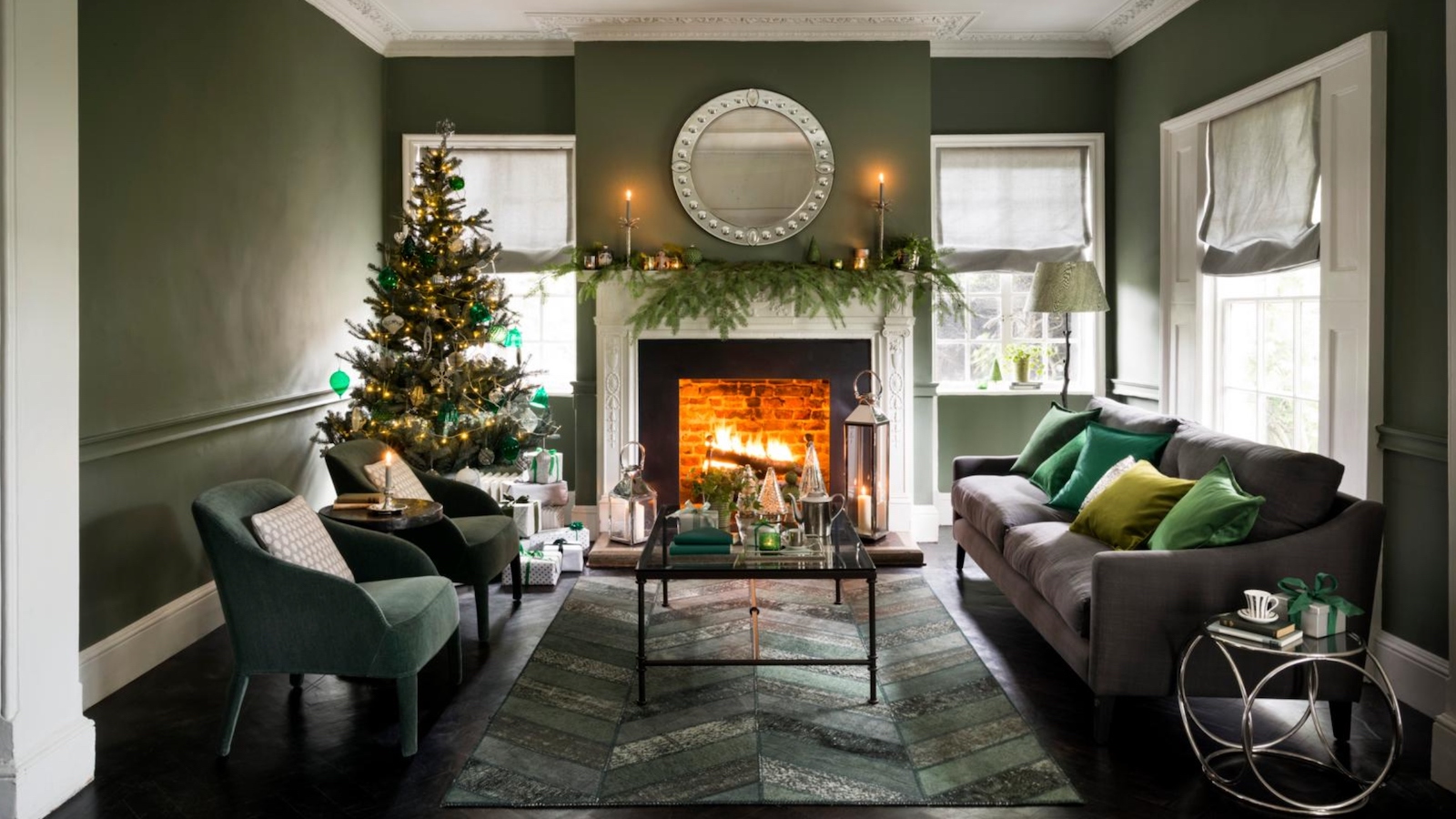 I tried the easy Reverse Advent Calendar decluttering method to clear out my home before Christmas – it's brilliant if overwhelm usually gets in your way
I tried the easy Reverse Advent Calendar decluttering method to clear out my home before Christmas – it's brilliant if overwhelm usually gets in your wayIt left my home feeling lighter with minimal effort
By Ciéra Cree
-
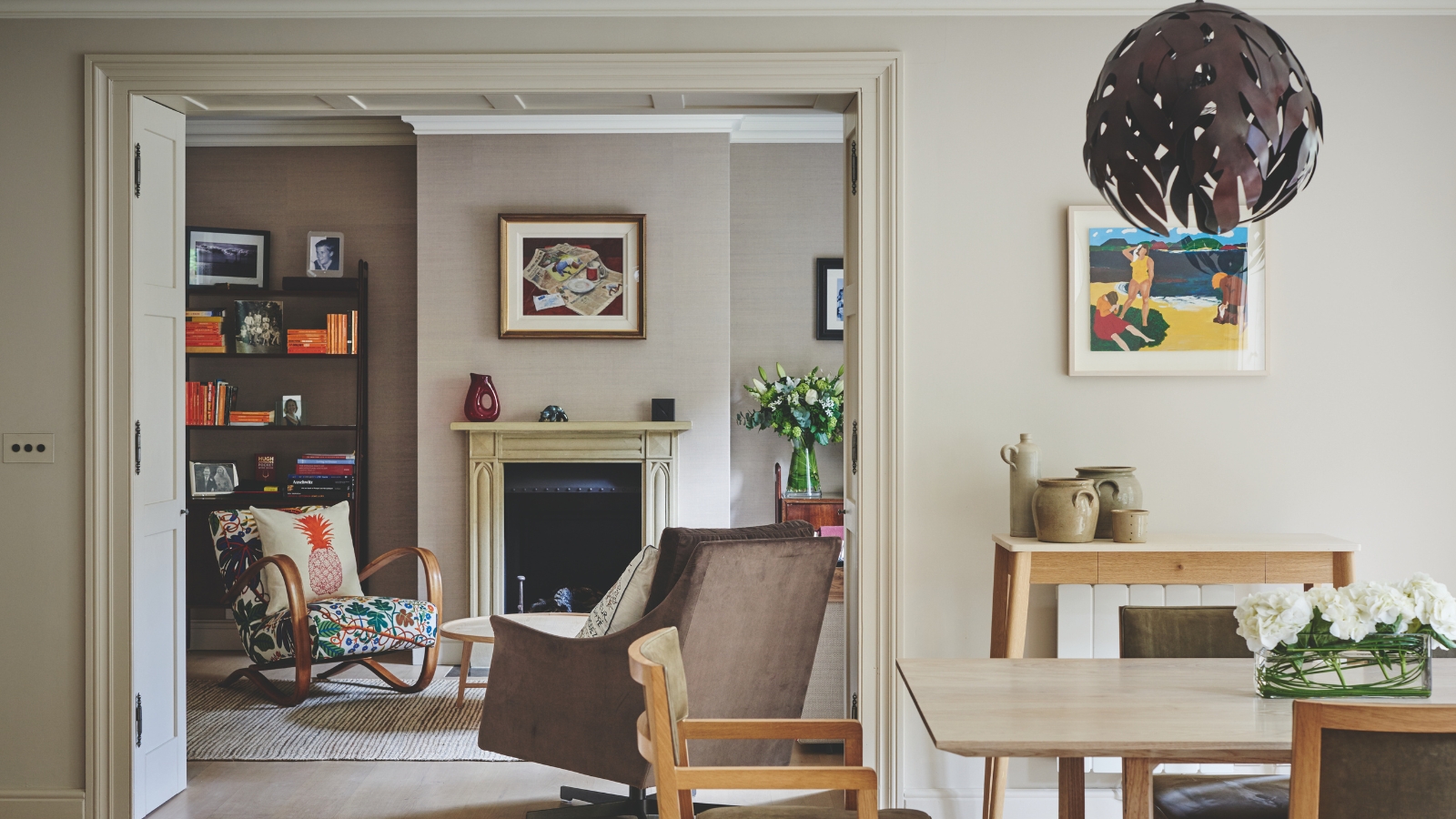 I tried the one-in-one-out method to keep my space clutter-free and it changed my relationship with shopping for good
I tried the one-in-one-out method to keep my space clutter-free and it changed my relationship with shopping for goodI added a few caveats that made the rule work better for me
By Ciéra Cree
-
 8 things you should never store in a playroom and where to put them instead
8 things you should never store in a playroom and where to put them insteadRead our top tips on how to keep your playroom organized and fun at the same time
By Sophie Warren-Smith
-
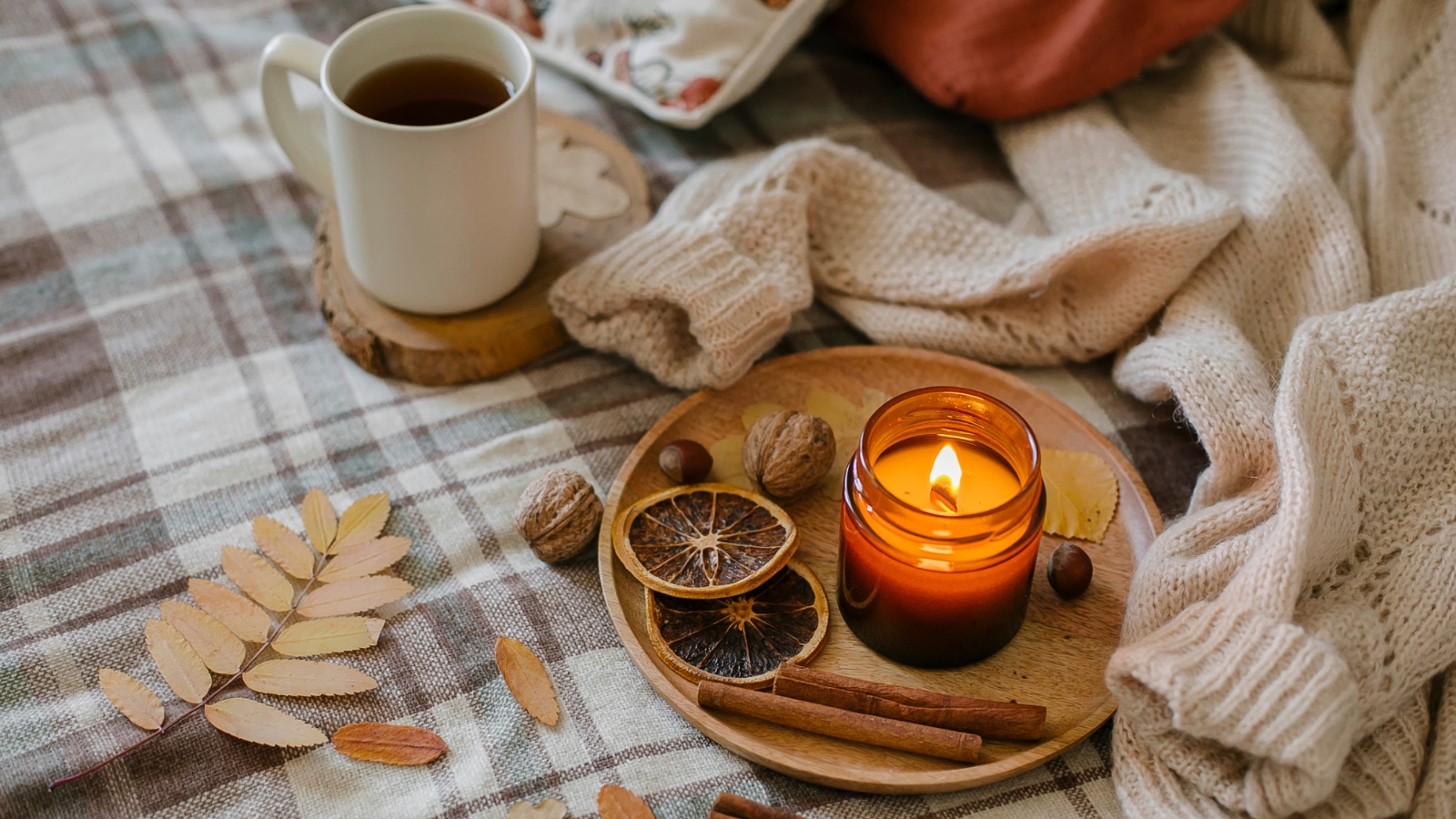 7 fall home maintenance tips experts never skip in their own properties
7 fall home maintenance tips experts never skip in their own propertiesSeven pro steps to maintain your home this fall
By Andy van Terheyden
-
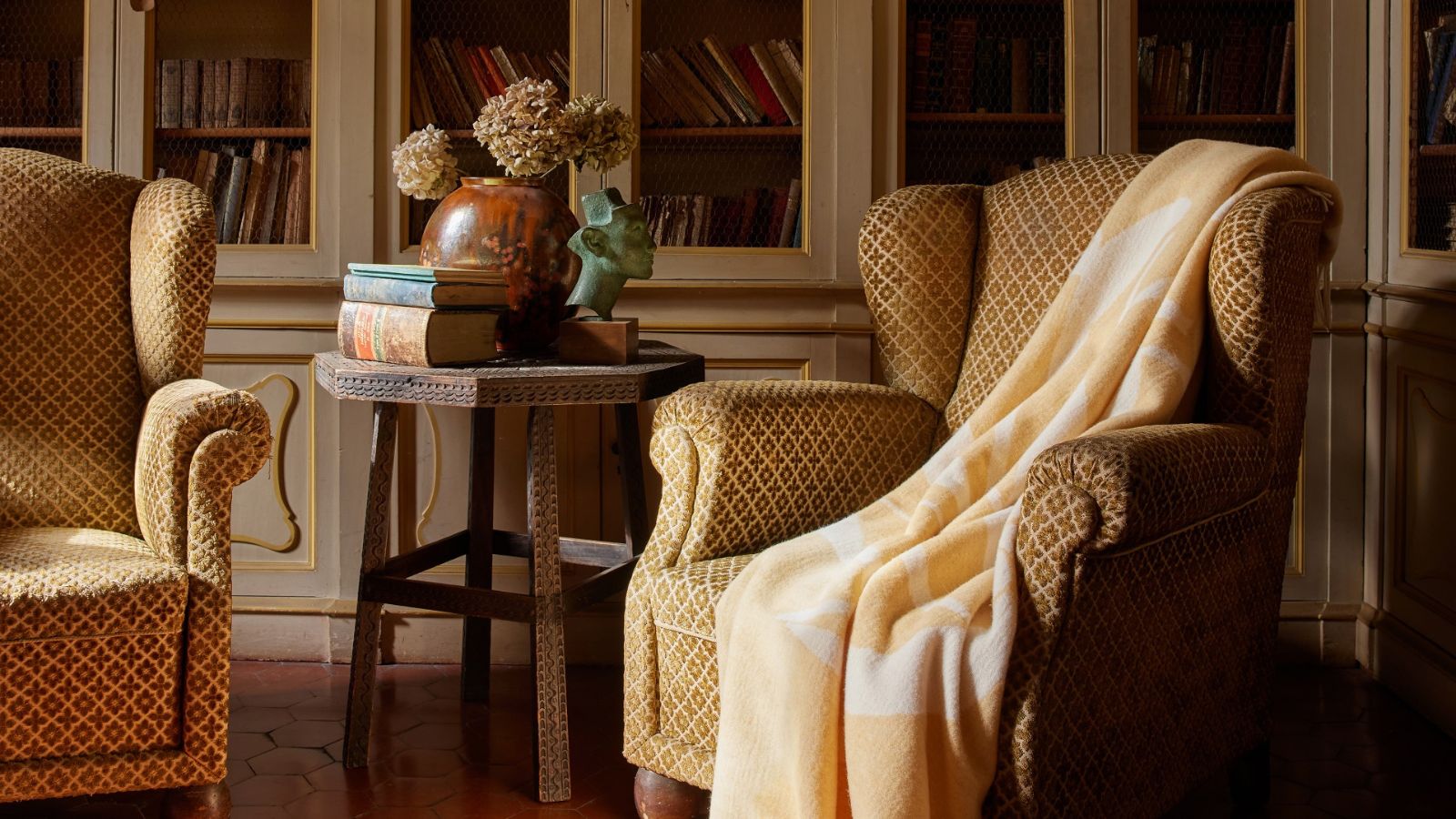 I’m in chronic pain and have used heating pads for 15 years to cope at home in cold weather – the best I've ever used is on sale for Amazon Prime's last day of deals
I’m in chronic pain and have used heating pads for 15 years to cope at home in cold weather – the best I've ever used is on sale for Amazon Prime's last day of dealsI've used more than 30 electric heating pads and they're my go-to for pain relief
By Punteha van Terheyden